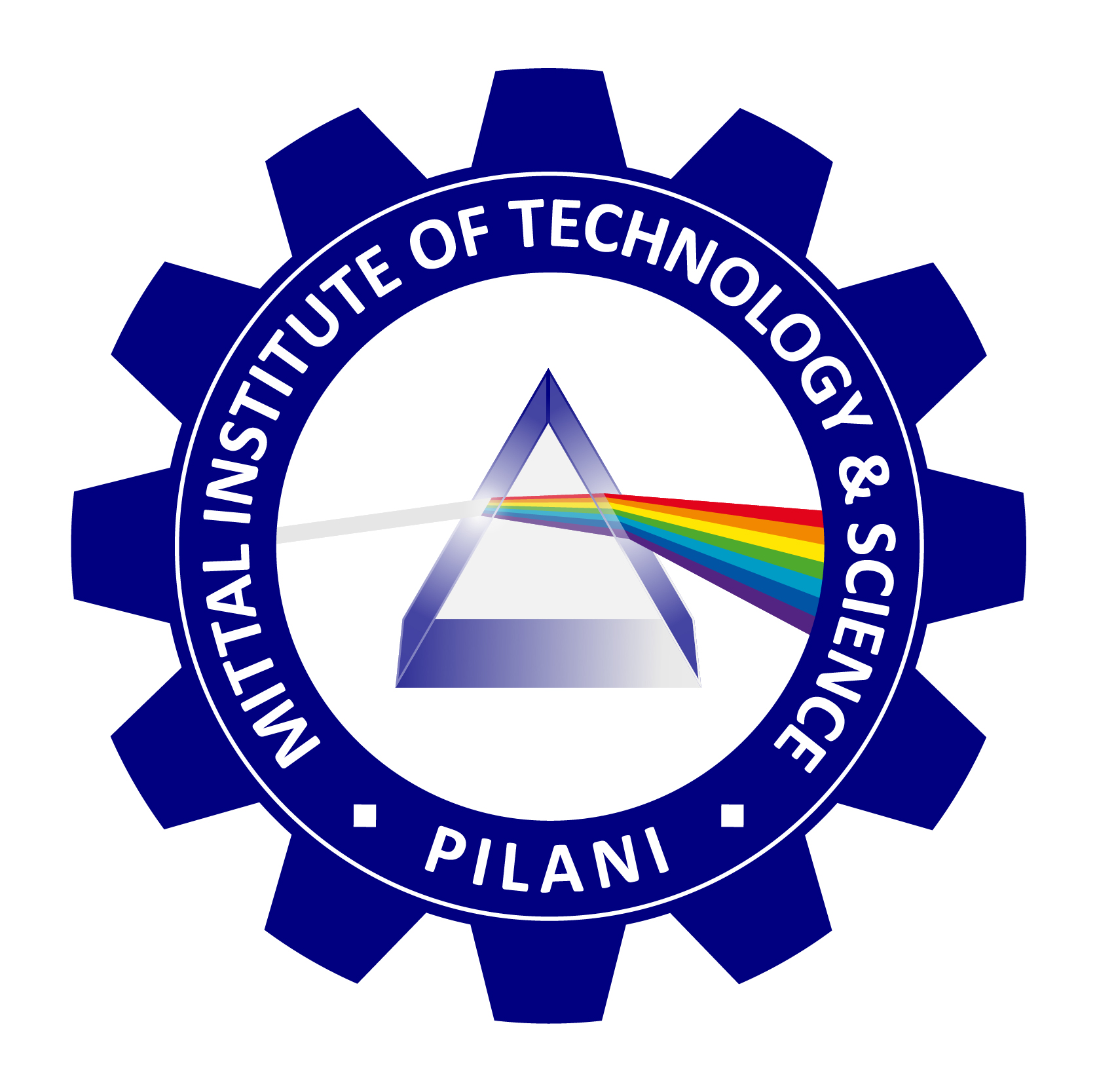
The Synergy of JIRA, Cloud Computing, and Data Science
In today’s rapidly evolving technological landscape, organizations are continually seeking innovative ways to streamline operations, enhance decision-making, and drive digital transformation. The integration of JIRA, cloud computing, and data science represents a potent combination that addresses the complexities of project management, data processing, and analytical insights. These three domains, when harmonized, provide a robust framework for efficient team collaboration, scalable data handling, and actionable intelligence. This essay explores how the convergence of these technologies transforms business operations and fosters innovation.
- JIRA: Agile Project Management at its Core
JIRA, developed by Atlassian, is a powerful project management tool widely used in software development and agile methodologies. It enables teams to plan, track, and manage projects in real-time, providing flexibility and visibility over the entire software development lifecycle. JIRA is known for its versatility, offering customizable workflows, Kanban and Scrum boards, and a variety of plugins for integration with other platforms.
In the context of cloud computing and data science, JIRA serves as the foundation for collaboration and task management. It allows data science teams to manage projects efficiently, track progress, assign responsibilities, and ensure alignment with business objectives. Through JIRA’s integration with cloud services, teams can access their projects from any location, providing the agility required for modern, distributed work environments.
- Cloud Computing: Enabling Scalable and Flexible Solutions
Cloud computing refers to the delivery of computing resources—such as servers, storage, databases, networking, software, and analytics—over the internet, or “the cloud.” It offers organizations the ability to scale resources up or down depending on demand, reducing the need for costly infrastructure investments. Cloud platforms like Amazon Web Services (AWS), Microsoft Azure, and Google Cloud Platform (GCP) are widely adopted to support data storage, processing, and machine learning tasks.
In conjunction with JIRA, cloud computing provides the infrastructure for distributed teams to work seamlessly, irrespective of physical location. Teams can store and access project-related data on the cloud, ensuring that there is a single source of truth. Cloud infrastructure also supports the deployment of data science models and complex computations, allowing for high-speed processing of large datasets. The elasticity of the cloud allows data science teams to handle big data challenges efficiently and adjust resources as the project evolves.
Cloud computing further enhances the potential for automation in project management. By using cloud-based automation tools, tasks in JIRA such as ticket creation, assignment, and status updates can be triggered based on predefined conditions. This integration streamlines workflows, reduces human error, and increases productivity.
- Data Science: Extracting Actionable Insights
Data science involves the application of statistical techniques, machine learning algorithms, and computational tools to extract meaningful insights from raw data. With the exponential growth of data generated by businesses, data science has become integral to understanding customer behavior, improving operations, and making informed decisions.
When combined with JIRA and cloud computing, data science can play a transformative role in optimizing project management and business strategies. For instance, data scientists can analyze JIRA data to gain insights into team performance, identifying bottlenecks, inefficiencies, or trends in task completion. Predictive models can forecast project timelines based on historical data, helping teams allocate resources more effectively.
Cloud computing plays a crucial role in this process by offering the computational power and storage necessary for data-intensive tasks. Massive datasets collected from various sources, such as customer transactions, social media interactions, or IoT devices, can be processed in the cloud using sophisticated data science tools. Platforms like AWS and GCP provide pre-built machine learning models and environments for data scientists to run predictive analytics, natural language processing, and deep learning algorithms.
Moreover, JIRA’s integration with cloud-based data science tools (such as Jupyter Notebooks or Azure Machine Learning) allows for a seamless workflow, where data scientists can directly access cloud resources and share insights with project managers in real-time. This ensures that data-driven decisions are embedded into the project’s DNA, driving better outcomes for the business.
- The Power of Integration: A Holistic Approach
The combination of JIRA, cloud computing, and data science creates a powerful synergy for businesses that seek to remain competitive in a data-driven world. The integration of these technologies allows for enhanced collaboration, greater scalability, and more accurate decision-making. Here’s how the combination works in practice:
- Enhanced Collaboration: JIRA provides a platform for teams to collaborate, track progress, and communicate effectively. When integrated with cloud-based tools, data scientists, developers, and project managers can work together seamlessly, irrespective of their geographical locations.
- Scalability and Flexibility: Cloud computing enables organizations to scale their resources according to the needs of their data science projects. Whether it’s storing large datasets or running computationally expensive algorithms, the cloud provides the necessary infrastructure on demand.
- Data-Driven Decision-Making: Data science ensures that every decision made during the project lifecycle is backed by data. Predictive models and machine learning algorithms provide insights into future trends, customer behavior, and operational inefficiencies, empowering teams to make informed decisions.
- Automation and Optimization: By automating repetitive tasks in JIRA using cloud-based tools and data-driven insights, teams can optimize their workflows. This not only saves time but also ensures that resources are allocated more efficiently.
- Future Trends and Innovations
The integration of JIRA, cloud computing, and data science is likely to grow even more sophisticated with the advent of artificial intelligence (AI) and machine learning (ML). AI-driven automation in project management tools could predict task completion times, suggest optimal resource allocation, and even recommend corrective actions in real-time. As cloud providers continue to innovate, the computational power available for data science tasks will increase, further enhancing the ability to process and analyze vast amounts of data.
The shift toward edge computing may also play a role in how these technologies evolve. With edge computing, data processing occurs closer to the source of data (e.g., IoT devices), reducing latency and enabling real-time analytics. This could lead to even more efficient workflows and faster decision-making for distributed teams working on JIRA and cloud-based platforms.
The integration of JIRA, cloud computing, and data science represents a transformative approach to modern project management, data processing, and business intelligence. By leveraging the strengths of each technology, organizations can enhance team collaboration, scale operations efficiently, and make data-driven decisions that drive success. As these technologies continue to evolve, businesses that adopt and integrate them will be better positioned to thrive in an increasingly complex and competitive digital environment.
